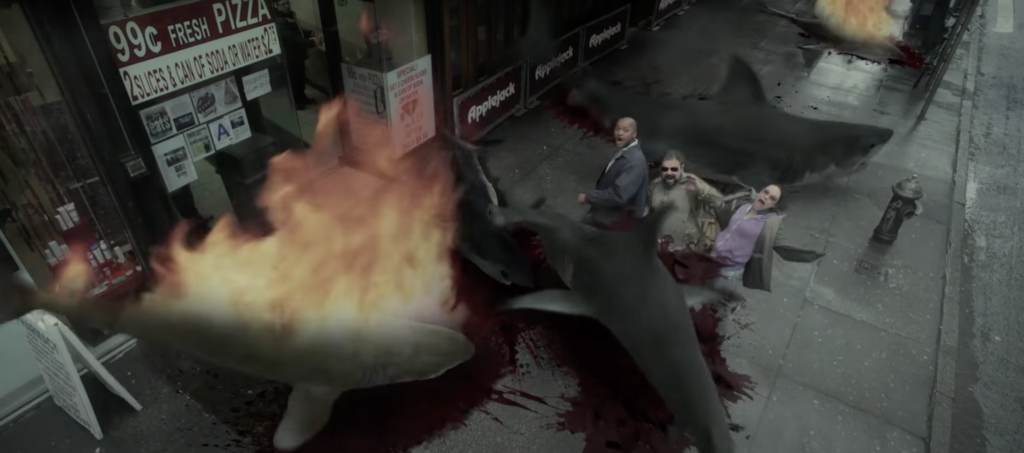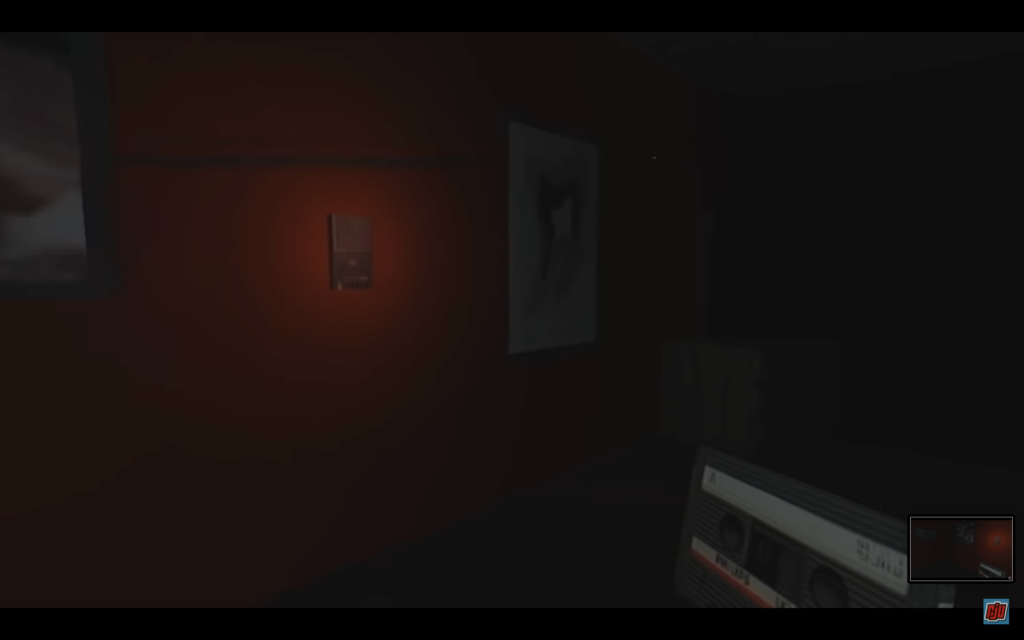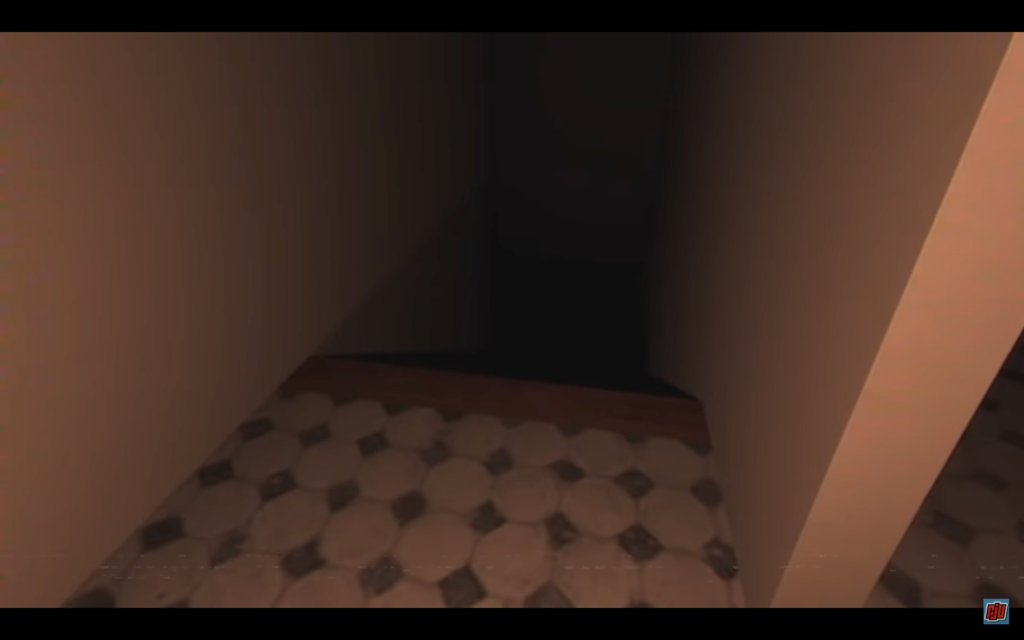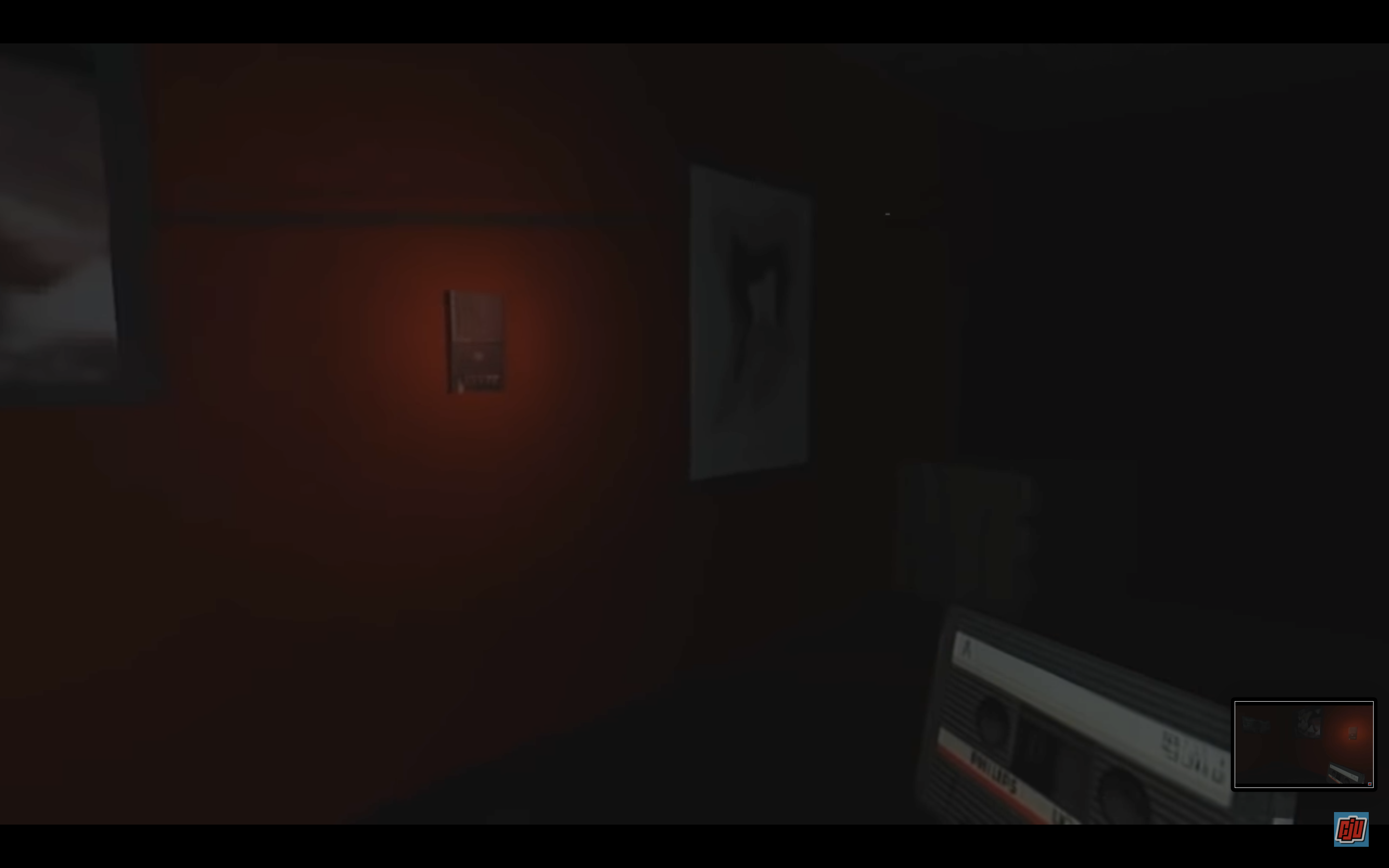Cheap horror movies are almost always equated with jump-scares and low budget effects. It’s part of our survival instinct; if there’s a loud noise or sudden movement, we need to be aware of it, as that could potentially be a threat. It’s incredibly easy to scare someone watching a movie or playing a game with a loud noise and a sudden frightening visual. Similarly, gory blood and body parts is also an easy way to scare someone. Humans do not want to see other humans’ blood because of the same survival instinct.

Anatomy may be an indie game with a solo developer and small budget, but it does not rely on any cheap tactics to scare the player. It’s crafted in such a way that the fear is slowly built over time, through the environment and the design choices. There are no jumpscares in Anatomy. No cheap gore either. Instead, the horror in Anatomy is built through a slowly rising tension. The house is eerily silent and dark. The only sounds come from the creaking of doors and the cassette tapes littered around the house. I kept expecting this silence to break, for the tension to finally snap with a jumpscare, but it never did. This made Anatomy much more terrifying than SOMA or Until Dawn for me. When a machine sees you in SOMA or a wendigo jumps out behind you in Until Dawn, yes, it’s scary, but you can kind of relax knowing exactly what you need to run from. These are moments where the tension they built is finally broken. Anatomy just builds and builds and builds, with no end in sight. The only breaks in tension are when the game intentionally crashes.

I also think Anatomy does a lot with its limited budget and scope. The graphics are low-poly, and reminiscent of Nintendo 64 and Playstation 1 era games. The game’s presentation also matches the technology provided in the game. Cassette tapes and players are littered throughout the house, and a CRT television sits ominously in the living room. This game uses its low poly aspect to its advantage to solidify its theme, and is able to build around it. The gitchiness associated with these old technologies is taken advantage of later in the game, when they start malfunctioning. This malfunctioning behavior is never outright explained in-game, and is never really resolved either. Again, this leaves more to the imagination of the player, and allows them to create their own fear.

The final point I want to make regarding Anatomy and player imagination is the extremely low visibility. While playing the game, you can barely see 5 feet in front of you. Everything else is consumed by inky blackness. Even though nothing is lurking in the dark besides assorted furniture and tape cassettes, the inability to see the mundane objects plays a huge part in allowing players’ imaginations to run wild. Designing the game around this constantly building tension and lack of player information is an excellent design choice.


Great point about how rising and falling action work in horror video games to elicit visceral reactions and enable players to relax afterward. I would agree with you that the expectation of horror can go a long way to heighten one’s anxiety while playing. In fact, I imagine that if someone falsely told me a game was in the horror genre, I would feel the same level of tension you describe mounting as I waited in anticipation.
One point I would like to push further is your argument that low visibility evokes tension. In many horror films and some games like Until Dawn, the medium plays with camera angles to restrict the audience’s vision in a similar effect to the inky blackness of Anatomy. However, I wonder if there is a point at which low visibility can impede immersion. At what point does the audience need to understand the environment to feel fear within it? Or is practically no visibility at all scary by itself?
The tension in horror games also interests me, but so does a lack of tension. For one example, the “previous post” on this blog is about how horror lends itself to comedy in certain situations. Ideally (from a game designer’s perspective), humor responses are a way to cut the tension when too much has built up. In another vein, I felt less and less tension the longer I played Anatomy because I had familiarized myself with the layout of the house, and that ease was shattered–to great effect–when there was no door on a wall where I could’ve sworn they should be one. Like you mentioned, with such low visibility and low-poly graphics that served to disorient me, I was questioning my bearings and sanity outside of the game world.